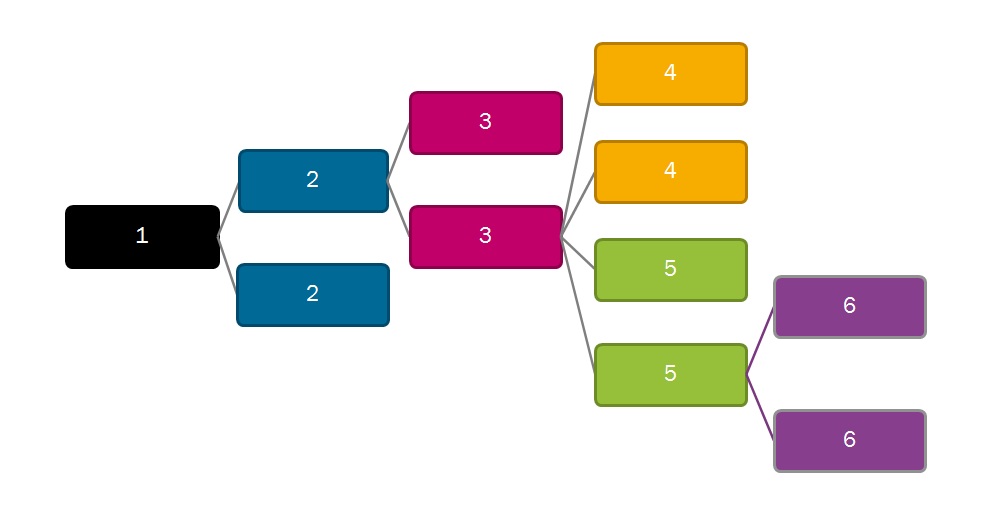Structured Failure Management
Item Class Definition and Configuration
The Structured Failure Management feature is used to define, configure, report and analyze failure related data in IFS Maintenance. The main object in the definition is the item class, which is used to hold the data related to a certain type of equipment. Item classes can be arranged in a hierarchy in order to facilitate inheritance from higher level classes. For example, a parent item class named General Pump can have child item classes named Centrifugal Pump and Diaphragm Pump:
- General Pump
- Centrifugal Pump
- Diaphragm Pump
Some definitions that are general to all pumps can be defined on the General Pump level, while those definitions that are specific to a certain type of pump can be defined on a lower level class, please refer to the section Propagation of Definitions for more information.
An item class can hold the following types of data, as shown in the diagram below:
- Item class - the identifier of a particular class.
- Functions - these are the different services this type of equipment offers to the surrounding world. For example, a pump offers the function of Moving Fluids, a computer offers the functions Listen to Music, Surf the Internet or Perform Calculations.
- Fault Types - these are the different ways the item can fail in relation to its function. For example, fault types for the pump and the function Moving Fluids could be Reduced Effect or Total Stop. For a computer, the function Surf the Internet would be affected by the fault type Bad Network Connectivity, however the function Listen to Music could still be unaffected since it is not using the network connection to play the music.
- Symptoms - these are the different observations made that shows that the equipment has failed or is about to fail.
- Causes - these are the different root causes of the component failure. There can be one or many per fault type. For example, for the fault type Seal Failure, one cause can be Bad Production Quality or Wrongly Fitted. It is possible to connect a failing component per one cause. Failing components are components within a certain type of equipment that are normally replaced as part of the work to rectify a failure. Most often they are not part of the equipment structure itself. For a pump, components can be, for example, Motor or Seal.
- Corrective Action - for each of the root causes there can be work task templates defined to be used to rectify the fault. A corrective action can be, for example, Replace Seal.

Diagram 1 - Failure Analysis Data
Propagation of Definitions
Propagating definitions is performed to copy attribute definitions from a parent item class to child item classes. This is useful as general attributes can be defined on general item classes and lower levels can inherit them instead of entering them separately for each child item class. This feature greatly reduces the definition work and subsequent data maintenance work.
Once propagated, if failing components or functions which are already used on a work order are deleted from a parent item class, they will be deleted from the parent, but will remain on the actual item class used on the work order and will be displayed as native attributes on the item class after they are propagated again. Please note that the information on the work order will not be deleted.
Using Item Classes
Item classes can be connected to equipment objects, parts, object types, linear asset segments, linear asset objects, segment types, linear asset types, and tool/equipment objects. When a work order is registered on an equipment object, a linear asset object or a tool/equipment object, the item class will automatically be retrieved to the work order, given that it is connected as stated previously. The priority order for an equipment object; first there will be a check against the equipment object, then the part and finally the object type. The priority order for a linear asset; first there will be a check against the linear asset segment, then the linear asset object itself, then the segment type and finally the linear asset type. Also item classes can be entered or modified on each work order manually.
In fault reporting and entering service requests,
the item class will be used to filter symptoms that are relevant to the type of
equipment. In work order preparation, applicable work task templates/corrective
actions are filtered down based on the item class and symptom. In work order
reporting, the item class is used to filter down applicable values for fault
types, causes and functions. In analysis, item classes can be used in
information sources, for example with IFS Business Reporter.